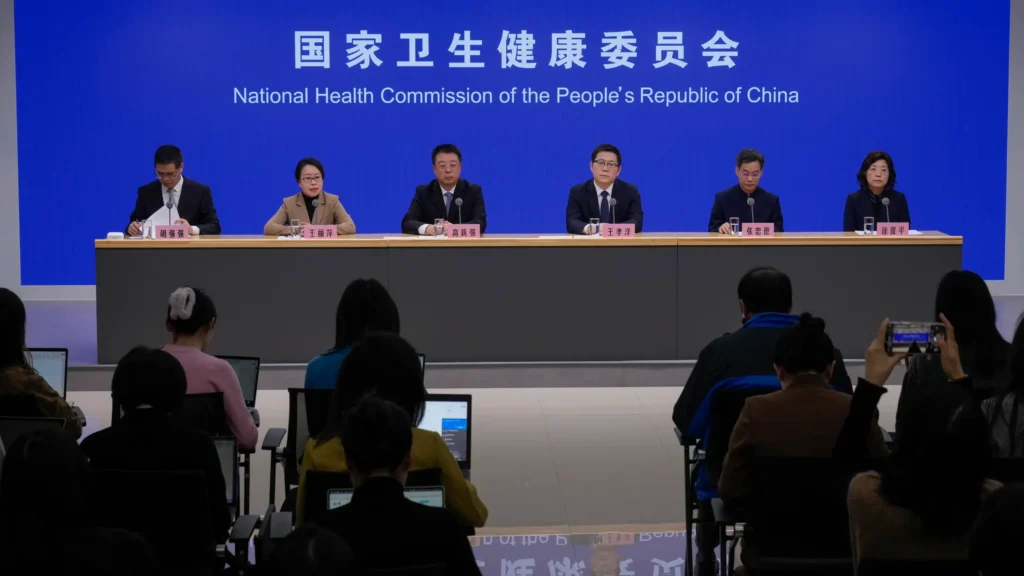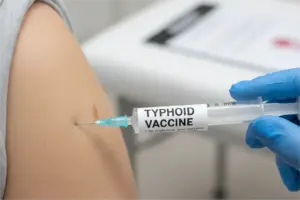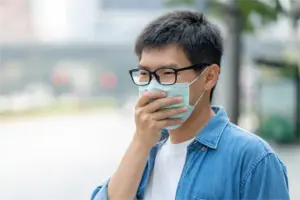
In a significant development, health authorities in China have announced a decline in cases of Human Metapneumovirus (HMPV) across the country’s northern regions. This respiratory virus, which has been under close monitoring due to its impact on public health, particularly among vulnerable groups, is reportedly seeing a steady drop in infections.
HMPV is a viral respiratory infection that primarily affects young children, the elderly, and individuals with weakened immune systems. The symptoms, including cough, fever, nasal congestion, and in severe cases, difficulty breathing, are similar to other respiratory illnesses, making early diagnosis essential.
Over the past few months, northern China witnessed a notable rise in HMPV cases, leading to increased awareness and robust measures by health authorities. Hospitals and clinics collaborated to ensure timely diagnosis and treatment, coupled with campaigns to educate the public on preventive measures like regular handwashing and respiratory hygiene.
Speaking about the latest update, a senior health official attributed the decline in cases to proactive healthcare initiatives and community compliance. “Our efforts in early detection and intervention have played a pivotal role in controlling the outbreak. We urge citizens to continue practicing good hygiene and seek medical attention if symptoms arise,” the official stated.
While the decline in cases is a positive indicator, experts emphasize the need for vigilance. HMPV, like other respiratory viruses, tends to circulate more in colder months, and its similarity to conditions like the flu can lead to underreporting or misdiagnosis.
Healthcare professionals in the region remain on alert, continuing to monitor the situation closely. Meanwhile, efforts to strengthen public health infrastructure and promote vaccination awareness are being ramped up to mitigate risks associated with seasonal respiratory infections.
As the situation evolves, health authorities reassure the public of their commitment to managing outbreaks effectively, emphasizing the importance of collective action in safeguarding community health.








